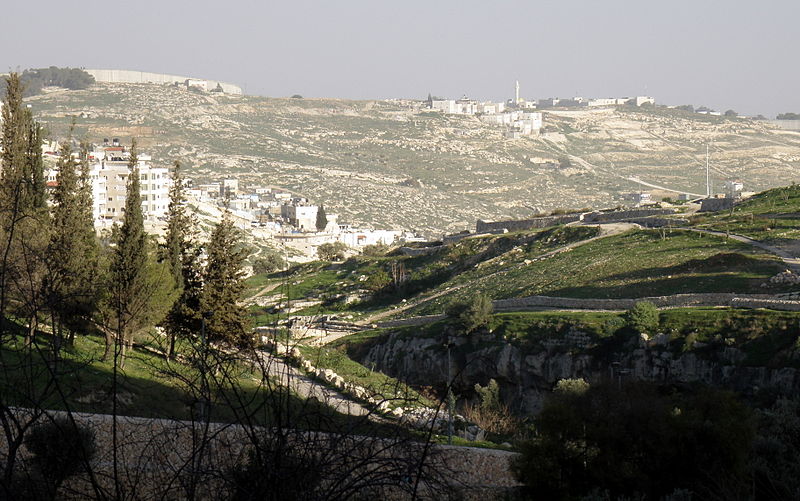24 Jan. Have you been "to hell and back"?
"Enter through the narrow gate. The gate is wide and the road is wide that leads to hell, and many people enter through that gate."
"But the gate is small and the road is narrow that leads to true life. Only a few people find that road."
(Matthew 7:13-14)

A short passage today from Jesus's 'Sermon on the Mount', but one that is widely misunderstood and often mistranslated in English versions of the Bible!
The Greek word often translated "hell" in Matthew 7:13 is 'apoleian' and it means 'destruction'. So this verse should read, "The gate is wide and the road is wide that leads to destruction."
But did you know that 'hell' is a real place, and anyone can visit it?
I once started a sermon with the words, "I've been to hell and back", and people in the church were shocked! But it's true - and my wife and I went there and back from the UK on a plane!
Jesus often spoke about those who refused to listen to his words, and he warned them that they might end up "in hell" - at least, that's what it says in many English translations of the Greek New Testament. But that's not what it actually says in the original Greek!
In Matthew 18:9, for example, Jesus tells his followers, "If your eye causes you to sin, take it out and throw it away. it is better for you to have only one eye and live for ever than to have two eyes and be thrown into the fire of hell."
The Greek word here that is often translated 'hell' is 'Gehenna' - and few people realise that 'Gehenna' is an actual place! The name 'Gehenna' in New Testament times referred to the Valley of Hinnom ('Ge-Hinnom' in Hebrew) just outside the wide city gate to the south of the old city of Jerusalem.
In the 6th century BC, the Valley of Hinnom had been the site of Topheth (‘the fireplace’) where children were sacrificed to the god Molech (see, for example, 2 Kings 23:10). The Greek name for this valley, Gehenna, had become a common Jewish name for ‘hell’ by Jesus's day, symbolising a place of punishment for wrongdoing and eternal separation from God.
Gehenna was the site of the city's rubbish tip, where the scum and filth of the city was thrown out and burnt. The fires of the rubbish tip at Gehenna burned day and night, and were a symbol of what happened to anything (or anyone) rotten that was chucked out of the holy city where people believed that God himself inhabited the Temple.
While the Temple Mount was the highest point in Jerusalem (and therefore closest to God’s 'home' in the heavens), Gehenna, in contrast, was at the lowest point of the city, the furthest away from God (and closest to Sheol, the ‘underworld’ or world of the dead) (see Amos 9:2 & Habakkuk 2:5).
When John presented his picture of God's renewed heaven and earth in his 'Revelation', he talked about "the holy city, Jerusalem, coming down out of heaven from God... The city had a great high wall with twelve gates with twelve angels at the gates, and on each gate was written the name of one of the twelve tribes of Israel... The walls of the city were built on twelve foundation stones, and on the stones were written the names of the twelve apostles of the Lamb [Jesus]." (Revelation 21:10-14)
John said that only those who "win the victory" will enter through the narrow gate into the Temple "and I will be their God, and they will be my children." (Revelation 21:7) While "those who refuse to believe, who do evil things, who kill, who sin sexually, who do evil magic" will be thrown out of the holy city like the rubbish that was thrown onto the fire at Gehenna. (Revelation 21:8)
The photo (by Ron Almog) shows the Valley of Gehenna outside the old city of Jerusalem.
You can read more about the Valley of Hinnom in the Old Testament @ The Bible Journey | Jeremiah calls for repentance
